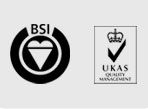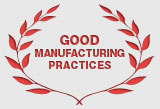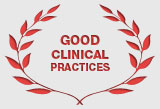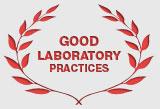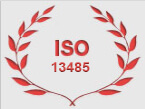Stem Cell Basics
Regenerative Medicine aims at restoring body function based on an understanding of the biological processes – embryology, organogenesis, cell signaling, growth factors and stem cell biology, these being critical in the original formation and normal function of organs and tissues. With this growth in the field of medicine, it is time to know in depth what stem cell banking is.
Foundation of Life

German zoologist Valentin Hacker first used the word stem cell in 1895. Stem cells were used to designate the cell in the early embryo that gives rise to the primordial germ cells. These cord blood cells further give rise to complex tissue and organ systems to a full-grown newborn in 9 months.
The human body is made up of nearly 216 different types of cells and 3 types of stem cells mainly totipotent stem cells (unlimited capacity and can form any tissues or organs), pluripotent stem cells (capable of give rise to most tissue types), and multipotent or adult stem cells (gives rise to cell with specific function). The best facilities for cord blood banking are available in Mumbai.
As umbilical cord blood and cord tissue are rich in multipotent stem cells, these cord blood cells have an enormous potential of renewing body tissues with the help of natural signals that control its growth. Many such innovative stem cell therapies follow a standard set of steps. Stem cells are harvested from a tissue source, isolating the cell required, purifying them, sometimes manipulating them with gene therapy and then culturing them in a cell expansion device to prepare an adequate number of cells for successful transplantation. Stem cells have such great potential and yet most people are wondering what is stem cell banking?
With the increase in scope and versatility of stem cell research, products are being developed based on combination of autologous cell therapy, gene manipulation and tissue engineering to treat virtually every organ system of the body and major acute and chronic diseases. Hence, stem cells banking is becoming an increasingly important decision.
The hope for this emerging area of medicine is best demonstrated by the accolades of Nobel Prize winning scientists during years 2012 and 2013. As stem cells are becoming the future of medicine, stem cells banking shall soon be the need of the hour.
Cord blood banking in Mumbai is gaining noteworthy importance which is worth a thought and applaud.
Historical evolution of blood stem cells
- 1867
-
Cohnheims suggested all of the cells come from the bloodstream and therefore, in light of subsequent observations, from the bone marrow.
- 1917
-
Pappenheim proposed that resident cells regenerate the hematopoietic system.
- 1930s
-
Establishment of the blood transfusion as a medical procedure to replace lost blood.
- 1962
-
Goodman & Hodgson's first use of the term "blood stem cells" in peripheral blood.
- 1969
-
Birth of modern cell therapy. First human bone marrow transplant as treatment for leukemia by E.D. Thomas.
- 1972
-
Ende & Ende infused cord blood to a patient with leukemia. This was followed by appearance of red blood cells in the blood of the patient, which were identified as having originated from stem cells of donor.
- 1980
-
Dr. Hal Broxmeyer discovered and demonstrated that the blood remaining in the umbilical cord and placenta contained the same blood forming stem cells found in the bone marrow.
- 1989
-
Gluckman performed the first cord blood transplantation in France for patient suffering from Fanconi’s Anemia.
- 2013
-
As per U.S.Cord Blood Banking Industry Report 2013-14, more than 30,000 umbilical cord blood related and unrelated stem cell transplantations have been successfully performed.
These statistics and research make the importance of stem cells banking even richer and deeper.




















